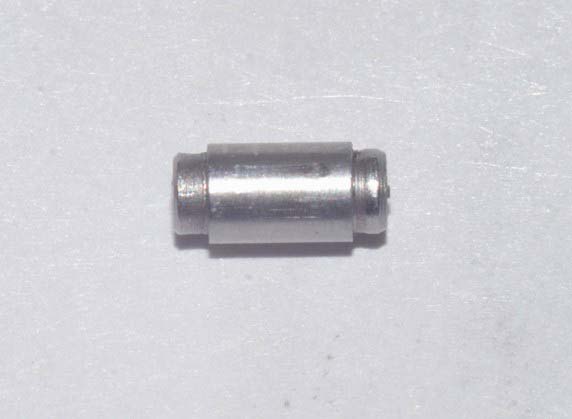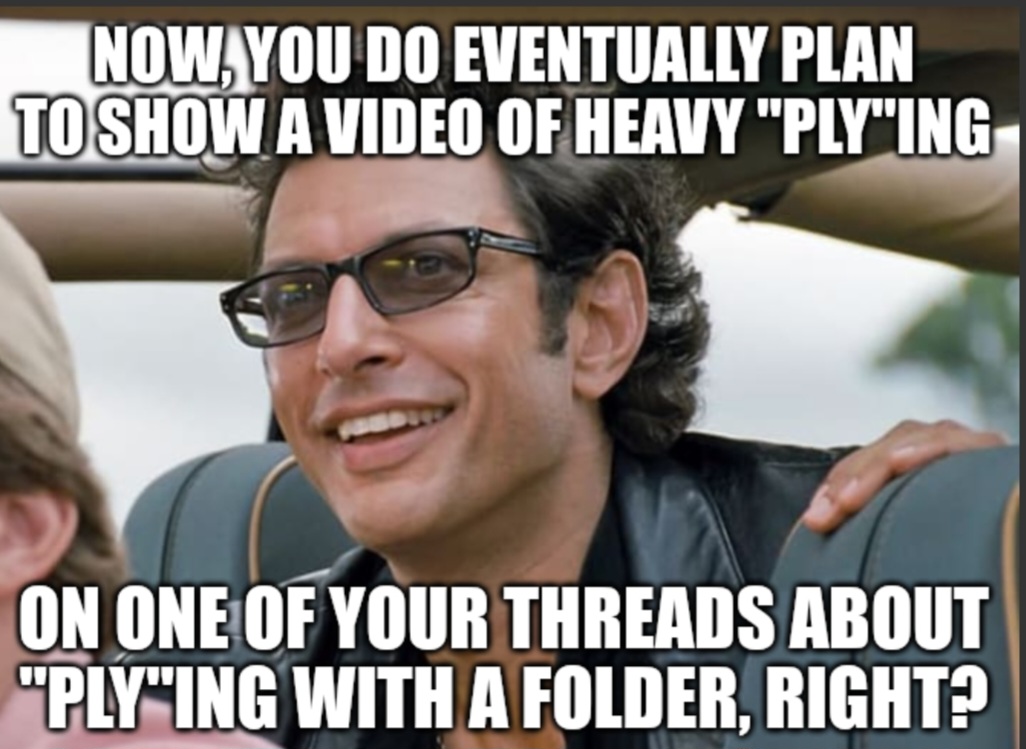It's too late now, I guess, but just grind the tip of the drill flat. It will cut well enough for that little bit.
Machinists flat grind the tip of drills to get a square bottomed hole all the time. It won't cut as well as a drill, of course. So, what you do is drill the hole to depth with a regular drill and then use the flat bottomed drill to take out just the angle the drill tip made.
"Flat bottomed drills, they make the rockin' world go 'round"
Machinists flat grind the tip of drills to get a square bottomed hole all the time. It won't cut as well as a drill, of course. So, what you do is drill the hole to depth with a regular drill and then use the flat bottomed drill to take out just the angle the drill tip made.
"Flat bottomed drills, they make the rockin' world go 'round"


